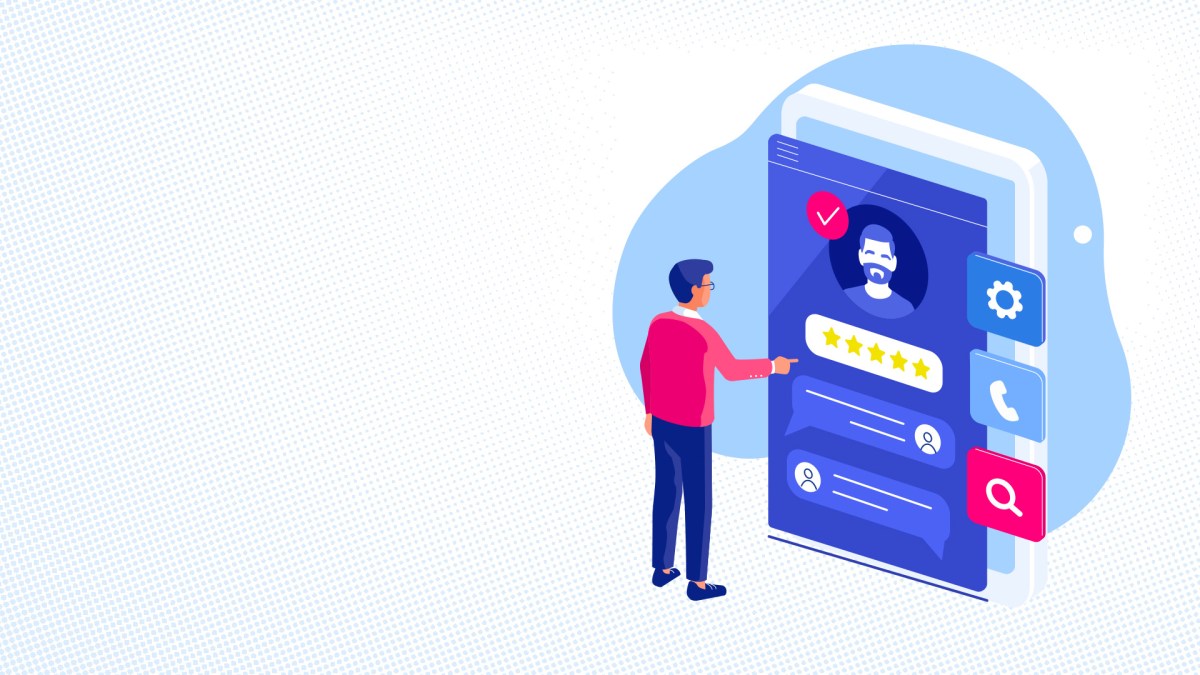- Sponsored
- Digital Services
Strategies to create user-centric digital services

Marc Moffett is a senior engineering leader and CTO for the U.S. public sector at Cisco
We are seeing more state and local government leaders evaluating new workforce strategies that embrace a flexible, hybrid working environment.

Marc Moffett, Senior Engineering Leader and CTO, U.S. Public Sector, Cisco
These conversations are in large part due to the accelerated adoption of digital services over the last year in response to the coronavirus pandemic, which prompted our nation’s largest remote-work initiative.
In this time of crisis, leaders have seen the value of a flexible work structure, like increased productivity of the workforce, the ability to attract new talent into government and the ability to engage with residents in new, more efficient ways.
At Cisco, our goal remains the same: to ensure public sector organizations can connect, secure and automate their workflow in a way that best supports their mission. We have been listening to our customer’s needs to refocus that approach based on these core priorities: reimagining applications, empowering the workforce, securing data and transforming the infrastructure.
Creating a seamless experience for end users
Over the last year we have all adapted to working remotely, so the transition back to in-person work will not be without its challenges. That’s why modernizing the digital workplace and helping employees transition back to an office setting is top of mind for many leaders.
When we at Cisco think about supporting new working models, empowering people is a key priority. For us, that means that regardless of whether an employee is connecting remotely or in the office, they need to have an equitable experience connecting and collaborating with residents and their team.
We’ve built our cloud-based collaboration platform, Webex with the intent of improving the user experience by reimagining the way users interact digitally. Our goal is to power and inclusive future for all and make the remote experience 10X better than in-person.
That’s a tall order to fill, but it is where we’re coming from with digital solutions.
Moving forward, we’re expecting that many government workers will average eight days per month working from outside the office. This means that every meeting will likely host at least one remote participant. Therefore, we need to get to the heart of effective communication. We communicate not only with our words or tone of voice, but also through gestures. Integrating gesture management into the Webex platform means that someone can, for example, physically raise their hand during a meeting and the video camera will recognize the motion and signal the speaker leading the stream. It also includes speaker time limits to ensure everyone has a voice and transcription to allow those with hearing loss to participate.
We’ve witnessed first-hand over the last year that not everybody has the luxury of a quiet home-office setup. In response, we integrated noise removal technology into Webex to afford those who are working from home the ability to connect without worrying about their children or pets becoming a background distraction for their colleges on the call.
Above all else, security is key
Digital modernization projects aren’t just about connecting people, they’re about connecting users and things to applications and data sources. As government CIOs and CISOs take stock in their hybrid and remote access needs, their strategy needs to incorporate security at the forefront of every decision.
That means continuing the work toward connecting disparate systems, gaining visibility into the network and integrating modern access capabilities for government data and resources.
In order to achieve an end-to-end security strategy, it is necessary to look at the entire workflow. It’s what we, at Cisco, refer to as secure edge, or secure network access. Simply put, our comprehensive security tech stack securely connects people and things to applications, data and software-as-a-service assets both on prem and in the cloud.
At Cisco, we make it our mission to bridge the gap between the applications they’re using and the security and access solutions they need to make it all work together.
Our goal is not to be a one-size-fits-all solution. We are not going to pretend that there’s a “Nirvana state” where Cisco is going to be everything for everybody. Our desire is to become a trusted advisor to our customers by providing innovative products and solutions and choice, so they arrive at the best possible outcome with the resources they have at their disposal.
Learn more about how Cisco can is helping state and local agencies develop their strategies to integrate digital services effectively.

This story was featured in StateScoop Special Report: Digital Services (2021)





